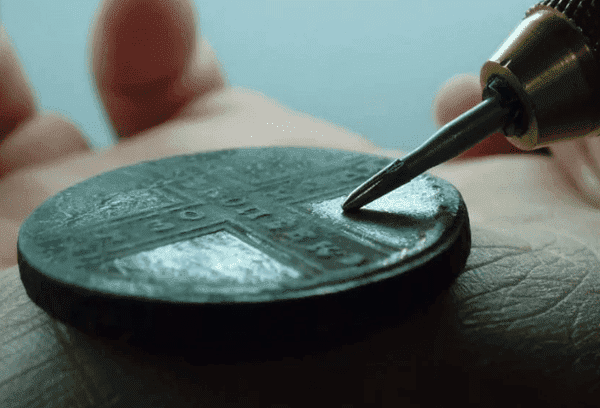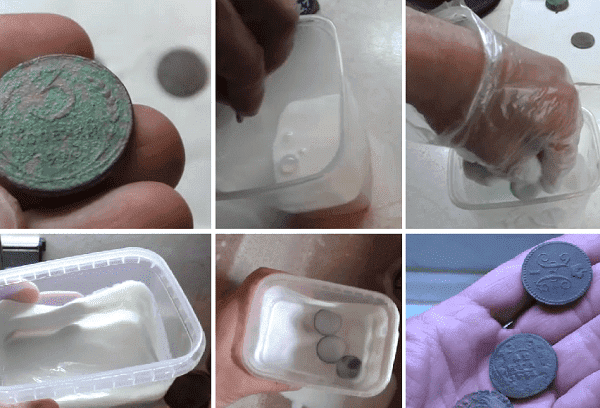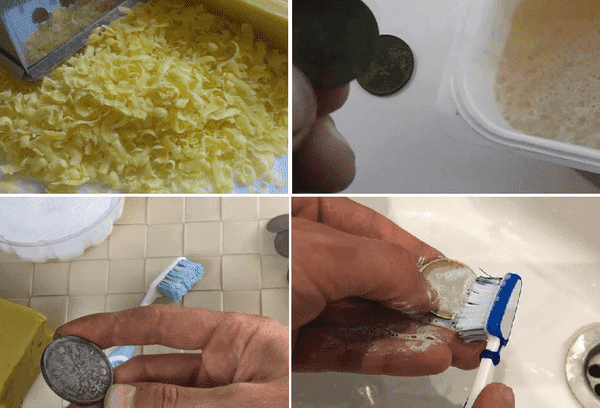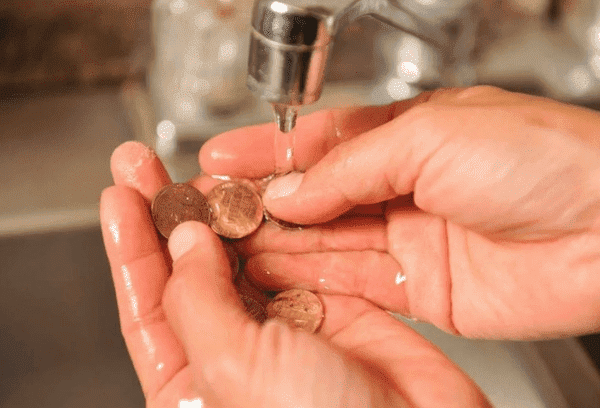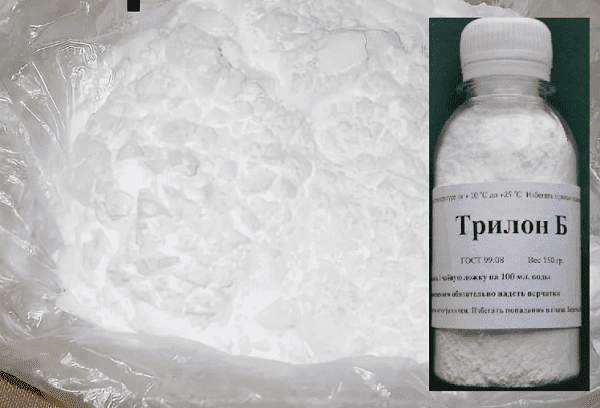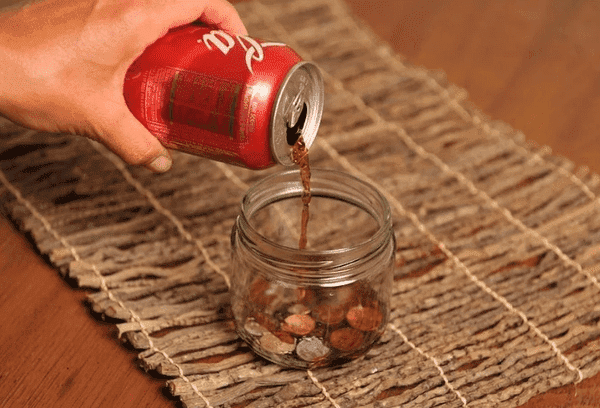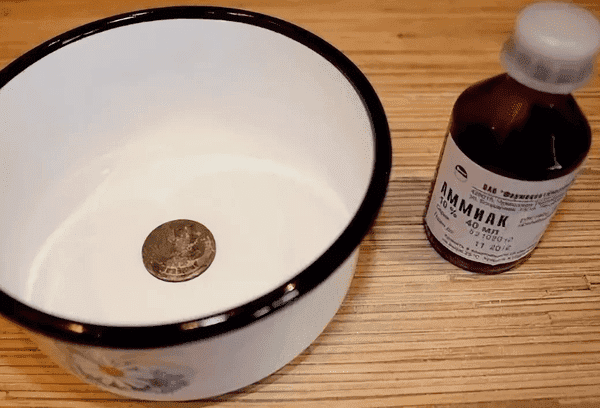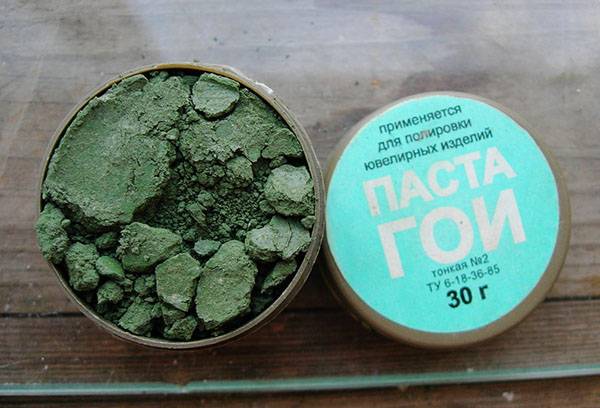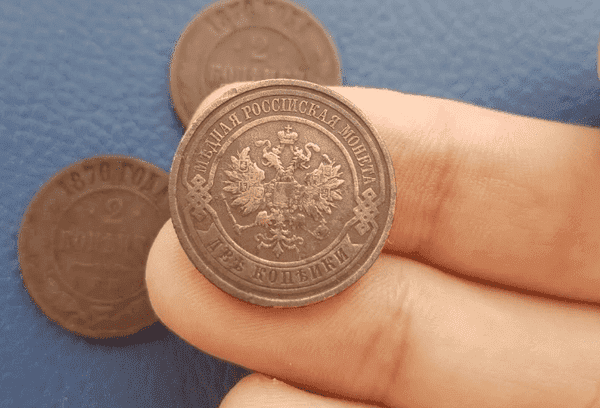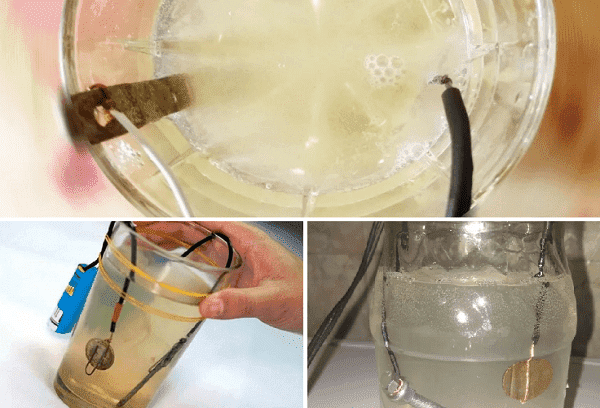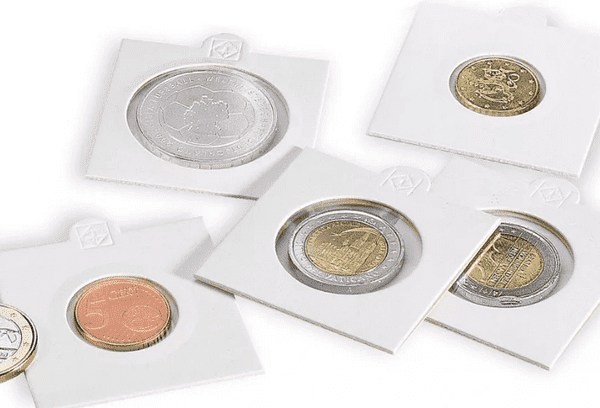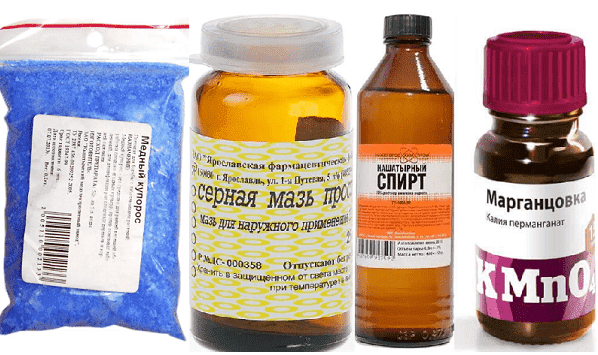How to quickly clean copper coins from plaque and blackness: 14 methods for different types of plaque
Content:
Cleaning a copper coin is easy. Carefully examine the specimen, find out the nature of the damage and select the appropriate restoration method. And then act!
Universal methods
There are several methods that are guaranteed not to damage an ancient coin. They are simple, effective and do not require expensive materials. You can find the ingredients needed for cleaning on your kitchen shelf or in your medicine cabinet.
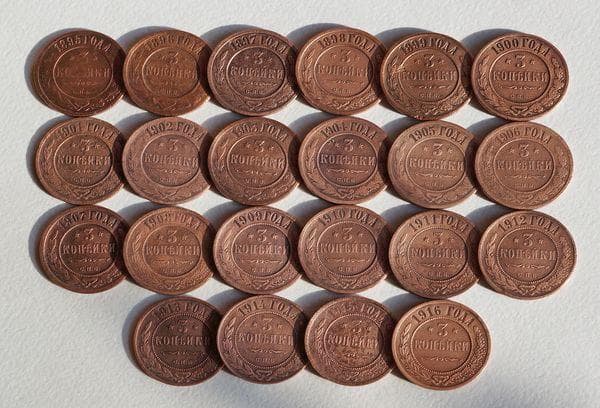
Mechanical cleaning
To clean a copper coin you will need:
- a powerful magnifying glass, or better yet, a microscope;
- bristle brushes;
- "Paraloid B72"
- cotton swabs and disks;
- scrapers;
- toothpicks, boxwood and bone needles.
- needles made of soft metal - aluminum, brass, silver.
Before starting processing, dry the copper, saturate it with “Paraloid” and dry thoroughly again. Then:
- Place the coin under a magnifying glass and begin to carefully remove the plaque with the shebbers. Do not press or scratch the copper; proceed as carefully as possible.
- Remove soft deposits with boxwood needles, and use them to clean the relief of small designs and letters.
- Use toothpicks to remove residual dirt; polish the result with a brush and cotton swabs.
This work is painstaking, but the coin will turn out perfect!
Cleaning with kefir
This product works on simple stains and effectively dissolves greens.
- Take kefir. A drink of any fat content is suitable; if you want to save a little, use an expired one, nothing bad will happen.
- Place the coin in kefir and leave for several days. Over time, the drink around the metal will darken. Drain the dirty kefir, rinse the coin and repeat the procedure.
- Keep the product in the drink until the dirt dissolves. The process may take 10-15 days.
Instead of kefir, you can use any fermented milk product: whey, ayran, tan. What is important is not the taste of the drink, but the high level of acidity.
Neutral soap
Usually, laundry soap is used to clean old coins - it is effective and cheap. But if you are working with a valuable specimen, we recommend using a child’s one. This soap is softer and has a lower pH level, which means you probably won’t damage the metal.
- Grate the soap. Estimate the volume by eye: the composition should cover the coin completely.
- Brew the soap with boiling water and leave for a couple of hours. During this time, the mixture will turn into a soft viscous substance.
- Place the coin in the solution and leave it for at least a day. Light stains will disappear during this time. Durable plaque dissolves in 1-2 weeks, and serious deposits take tens of days.
- When the plaque has softened, remove the coin, rinse it under running water and gently polish it with a soft toothbrush. If the metal is clean, finish polishing with a wool rag or felt.
- Is there dirt on your coin? Return it to the soap solution and repeat the procedure. Amateur numismatists spend months cleaning especially “killed” specimens.
If the cleaning process takes a long time, do not forget to constantly check the coin. Excessive exposure to soap will not benefit copper.
Boiling with soda
This method is very simple to perform, but effective.
- Place 3-5 tablespoons of soda in 0.5 liters of clean water.
- Boil the solution and place a coin in it.
- Continue boiling until the buildup has dissolved. This usually takes 20-30 minutes, but it all depends on the extent of the damage.
- Cool the solution, remove the coins and rinse.
The cleaned metal should be polished with a soft, non-abrasive material - felt or a soft toothbrush.
Liquid soap with citric acid
Some types of liquid soap contain citric acid. This is exactly the option you will need. If you don’t find anything suitable, make “sour” soap yourself. To do this, add 1-2 grams of regular food grade citric acid per 100 grams of product.
- Pour soap into a glass to a level of 2-3 cm.
- Place a coin in the glass.
- Leave for 10-12 hours.
- After rinsing the copper, evaluate the result. If the metal is clean, polish it. If not, repeat the procedure.
Be careful: some stains, for example, green residue, are poorly removed by soap. If you see that some stains do not go away, but in general the metal has already been cleaned, stop the procedure. If you overdo it, you will ruin the copy. The acid will leave unsightly stains on it.
It is better to remove some complex stains mechanically.
"Trilon-B"
"Trilon B" is a specialized product designed to dissolve metal salts.This product can remove the most durable oxides and does not destroy copper.
To clean metal:
- Prepare a solution of Trilon B with a strength of 5%.
- Put coins in it.
- Hold for 2-3 minutes and check the result. Some oxides dissolve completely, others become brittle. You can remove them with a toothpick, brush or school eraser.
If the metal is clean, rinse it thoroughly. Problem areas can be wiped with a cotton swab dipped in Trilon solution.
Do not leave metal in Trilon B for a long time! This is a very possible remedy. If you overdo it, Trilon will soften the copper and dissolve the relief on the hammered elements.
To avoid mistakes, practice on the simplest copies that you don’t mind losing. And only after that move on to rare valuable coins.
Coca Cola
The most common Coca-Cola contains phosphoric acid. This is an effective solvent. The acid concentration in the drink is very low, so you are sure not to damage the metal. But you are unlikely to clean it from serious contaminants either.
The Coca-Cola method is good in cases where you need to refresh the product, remove minor darkening and light patina.
- Pour cola into the container.
- Put the coins there.
- Leave for at least 12 hours. You can do it for a day, nothing bad will happen.
- Remove the items, rinse under running water and polish with a cloth.
Advice. Cola removes limescale no worse than Domestos. But, unlike aggressive chemistry, it acts gently. If your coin is covered in calcium deposits, cola is an ideal option.
Effective methods, but dangerous
With these methods you will remove the most difficult stains. But if you make a mistake, you will probably damage the coin.Weigh all the risks before getting started.
Ammonia
Use this method on very dirty coins. Ammonia, also known as an alcohol solution of ammonia, is a fairly powerful solvent; it can easily remove the most durable plaque.
To remove dirt:
- Prepare a jar that can be closed with a lid.
- Pour ammonia there. The liquid level should be such as to cover the coin with a margin.
- Place the product in ammonia. Soon you will see that the liquid has turned green. Don't be alarmed, this is normal.
- Cover the jar with a lid to prevent the ammonia from evaporating.
- Soak the coin in ammonia for 5-10 minutes. It can be longer if there is really a lot of plaque. But be careful not to overdo it. You want to dissolve external contaminants without damaging the metal. The exposure time depends on the amount of plaque and dirt.
- When the product is cleaned, do not remove the coin under any circumstances! Place the jar under running water and keep it there until the ammonia rinses out.
- Take out the product, rinse, wipe.
If you are not satisfied with the result, repeat the procedure.
Ammonia is especially effective at removing copper oxide. They look like cherry red layers.
Important. Copper coated with ammonia should never come into contact with air. The metal will begin to oxidize and dark, untidy spots will appear on it. It is very difficult to remove them.
Vinegar and citric acid
Using vinegar will quickly clean your coins, but you risk ruining the coin. The acid will remove plaque and greens, but will open up all the irregularities and cavities on the metal.
Are you ready to take a risk? Then:
- Add 1 tbsp to 1 liter of water. l vinegar. Use regular store-bought 9% concentration.
- Place a coin in the vinegar solution.
- Hold for 5 minutes.
- Rinse and brush with a toothbrush.
If individual plaque fragments do not dissolve, but have softened, remove them with a pin or wooden toothpick. Wipe problem areas with a cotton swab dipped in an acidic solution. This way you will remove local contamination without damaging the already cleaned metal.
If you don't have vinegar, use citric acid. They are very similar in type of impact. Dissolve 1 tsp in 1 liter of water. acid and proceed according to the scheme described above.
Paste GOI
This method is used by newbie collectors. GOI paste removes blackness from metal and makes it bright and shiny. The paste does not remove serious oxides or calcium deposits.
But experienced numismatists do not approve of the use of this tool. GOI paste is soft but abrasive. During processing, you will remove light dirt, but damage the protruding elements of the coin: the edge and the design. The more you try, the more actively you remove dirt, the more you smooth out the chasing.
At the end you will get a shiny coin with “licked” small details. This is not a problem when you are cleaning your silverware. But for collectible coins this result is unacceptable.
The exception is when you need to remove a small stain on the smooth part of the coins. In this case, dip a cotton swab into the paste and carefully wipe the problem area with the tip.
Unusual ways
Some old coin enthusiasts are experimenting with cleaning methods. They put metal in tomatoes, oranges and apples, poured grape juice and white wine. Surprisingly, these methods can work. The products listed above contain a high level of acid, which dissolves plaque. But the risk is very high:
- You will not be able to determine the acidity level of the environment.Ripe kiwi, for example, has a pleasant sweet and sour taste, but in fact there is a very high concentration of fruit acids. If you put a coin in a qiwi, you will probably ruin it.
- You do not know what active chemical elements are included in the composition of the improvised “cleaning agent”. When coins come into contact with fruits and vegetables, they may turn black, green, or stained.
Is it worth conducting such experiments at home? You decide.
Organic oil
Collectors use petroleum jelly or glycerin, but really anything will do: highly purified vegetable oil, cosmetic oil, or Johnson’s Baby oil.
- Pour oil into a container and place a coin in it.
- Wait a week or two.
- Clean the copper with a scraper.
In this way you will remove minor plaque and darkening.
If soaking gives poor results, boil the coins in oil. This method is effective for cleaning well-preserved but dirty items. If you boil a heavily damaged coin, you will dissolve not only the plaque, but also the top layer of copper along with the coinage.
The coin is dipped into boiling oil for 5-7 minutes. During this time, the plaque turns into a sticky dense mass. Remove it with a brush and soapy water.
Soon you will have black but pure copper in your hands. Advice. The vapors from the oil are very flammable. During boiling, the container with oil must be covered with a lid.
Household chemicals
Metal can be cleaned with liquid soap or dishwashing detergent. In this safe way, you will remove all organic contaminants and soften plaque.
- Dip the coins in the detergent and leave for a few days.
- Wipe the metal with a brush or eraser.
- Dip in soap again if necessary.
Unfortunately, soap does not work with complex insoluble compounds.In this case, inexperienced collectors try to clean the metal with abrasives - for example, Pemolux. Don't do this! Harsh products will scratch the copper and “erase” small details of the coinage.
Electrolysis
This is a tough but effective method. If everything goes well, you will remove the most stubborn oxides, but if everything fails, you will ruin the specimen.
For electrolysis you will need:
- plastic or glass solution tray;
- alligator clips or strong paper clips;
- 12 volt power supply;
- metal plate;
- soda;
- distilled water.
First prepare the solution: put 2/3 tbsp in 0.5 liters of water. l. soda Pour the liquid into the bath.
Then strip the wires on the power supply and identify + and -. To do this, place the stripped ends in the solution and apply power. The wire around which the water is bubbling is +.
Ready? Using paper clips or alligator clips, secure a metal plate to one of the wires and a coin to the other.
If you hang a coin on +, the reaction will take place very quickly. But in this case, the risk of overdoing it and ruining the copy increases. Set it to - and the process will slow down. You will spend a lot of time, but you will be able to control the process.
Dip the plate and coin into the solution, apply voltage to the wires and wait 10-15 minutes. Then take out the coin, wipe it and carefully polish it. If necessary, electrolyze the metal again, but replace the cloudy solution with a fresh one.
Remember: during the processing process you destroy not only oxides and plaque, but also the metal itself. Use this method only for relatively new and inexpensive collection items.
Drying coins
You have cleaned all the dirt, washed the coins and rinsed them.But this is not enough! While washing, you took the coins with your hands, which means you left faint traces of grease and sweat on them. After a few years, such prints will turn into a black, indelible coating. To prevent this from happening:
- Degrease the metal with alcohol or acetone. But don't rub the coins with a rag! Use only cotton swabs.
- Dry the copper. To speed up the process, use a hairdryer or a regular table lamp - it provides enough heat. Handle coins either with sterile gloved hands or with tweezers.
Processing 1 copy will take you 1-3 minutes.
How to store coins after cleaning?
You cannot store the collection on a shelf under glass. Coins are placed in cotton bags, holders or in plastic capsules of coolers, each copy separately.
Place the packaged collection in a special tablet or in a regular box with cells and place it in a warm, dry place. There should be no temperature changes there.
Serious collectors store their collections in special containers that protect metals from corrosion - for example, Intercept-shield.
How to return noble patina to copper
A smooth, shiny coin is an insult to a true numismatist. To return the refined patina of time to metal, use:
- sulfur ointment;
- ammonia;
- boiled egg;
- potassium permanganate and copper sulfate.
Sulfur ointment is simply applied to the metal, and after a few seconds it turns black. Remove the product with warm soapy water.
Pros: fast and simple.
Cons: Patina wears off easily.
Ammonia gives a spectacular brown patina. To darken copper, place it in a container with ammonia vapor for 10-20 minutes. To do this, pour ammonia into a container and place an object there so that it rises above the liquid.You can use a regular tin can. Place a large piece of cotton wool on top and a coin on it. Cotton wool is needed to ensure access of ammonia vapor to the bottom of the coin.
Then cover the structure with a lid and wait. If necessary, turn the coin over, then the patina will lie more evenly.
Pros: fast and beautiful.
Cons: you have to tinker.
Copper sulfate and potassium permanganate give a durable dark brown patina. To age the metal, add 1 tbsp. distilled water 1 gram of copper sulfate or 1 gram of potassium permanganate. Please note: the container in which you prepare the solution will also become colored. Use the container you don't mind.
Place the copper in the boiling solution and let it sit for about 30 seconds. Then rinse in running water and dry.
Pros: simple and reliable.
Cons: You will ruin the dishes.
Patination with an egg does not require the use of chemicals. Simply hard-boil a chicken egg, cool, peel and place in a container with a tight-fitting lid. Put the coin there too. Leave the metal in the container for several hours, but do not forget to turn it over. You will soon notice the original iridescent patina appearing on the copper.
Pros: simple, cheap, sustainable results.
Minuses: Not everyone likes the iridescent patina.
Take your time, be careful, be patient - and soon your collection will be replenished with an excellent example of an ancient coin.
